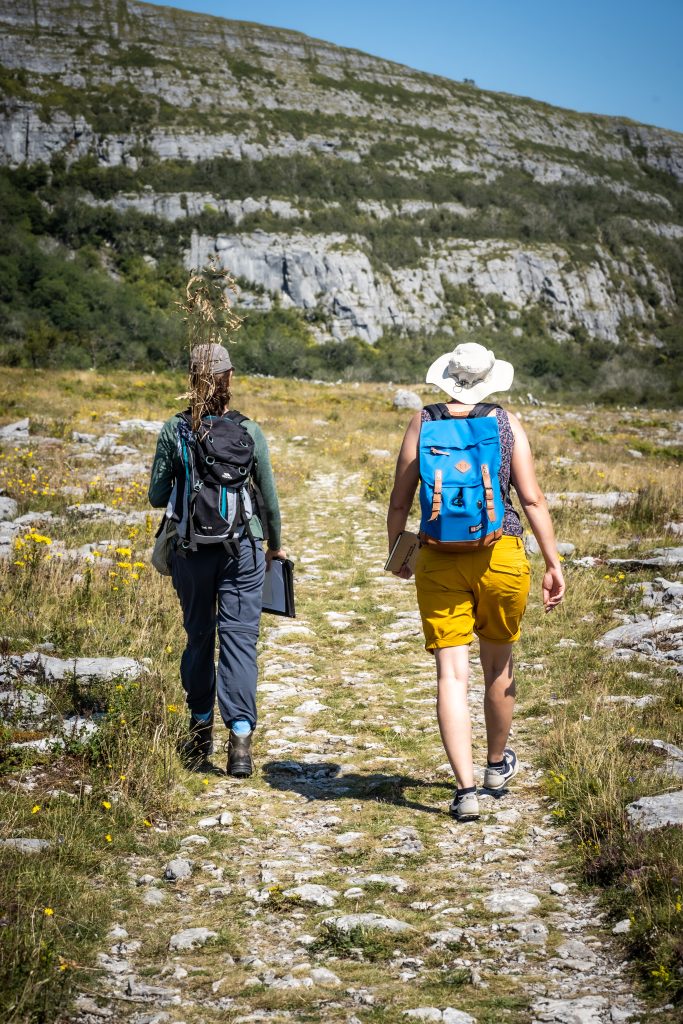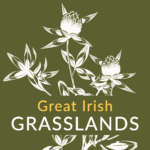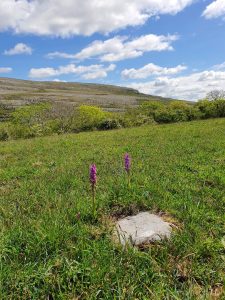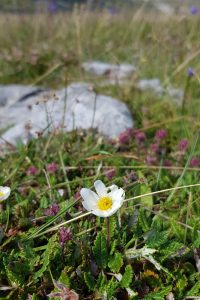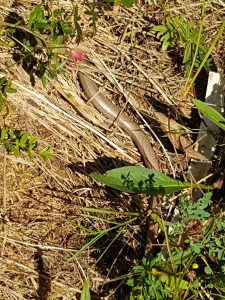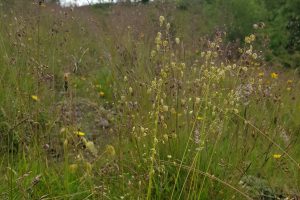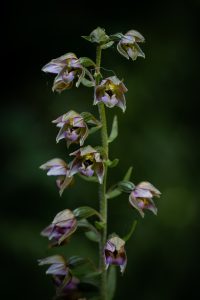Great Irish Grassland Events
The Great Irish Grassland team organise occasional events. See below for details of some past events. Check in here for news on future events, as well as on social media (e.g. @GrasslandsIrl).
Events are aimed at a range of people, abilities and interests – from events for people new to the area and interested in learning about grasslands, to more technical events aimed at grassland ecologists.
-
Grassland Trail Events May to July 2025
DateTimeEventNotesCostHow to BookSun 25th May2-4pmExperience a wonderful Grasslands Trail site, part of Burren in Bloom FestivalJoin botanist Phoebe O’Brien to explore this Grasslands Trail site in the north Burren, and understand the importance of well-maintained grassland habitats.€8 Members Early Bird/ €15 GeneralSat 14th JuneDetails on bookingMorgan’s North Grassland, Co. Limerick – a BSBI field meetingBotanical Society of Britain and Ireland (BSBI) event at Grassland Trail site – Morgan’s North, Limerick, led by Olly Lynch Milner. Event fully booked, but email to join waiting list.FreeThur 19th JuneDay longUsing the Irish Vegetation Classification (IVC) in grasslandsTraining on using the Irish Vegetation Classification (IVC), with focus on grasslands. Led by BEC Consultants. Location Birr Castle.FreeThis event is fully bookedTue 8 July11am-1pmExplore a farm on the Grasslands Trail at Kilranelagh Lodge, Co. WicklowTake a walk on this farm which supports nature-rich grasslands with Ruth Wilson of the National Biodiversity Data Centre. Max 20-25 peopleFreeSun 13th July11am-3pmGreat Irish Grasslands walk and talk in Sheskinmore Nature Reserve, Co. DonegalExplore this superb Nature Reserve with the local NPWS Conservation Ranger, Emer Magee, and learn about the various types of Great Irish Grasslands it supports, and much more besidesFree -
Grasslands Walk and Talk, ‘Big Meadow’ at the Glengarriff Nature Reserve
This walk and talk to the ‘Big Meadow’ in Glengarriff Nature Reserve was led by Phoebe O’Brien, with input from local NPWS staff Clare Heardman. It was part of the excellent Ellen Hutchins festival. A large group of people, many of whom were relatively new to ecology, had a great morning, learning about the site, why it’s of nature conservation value, and what the amazing anthills might tell us about the quality, age and continuity of this unusual grassland pocket, in an otherwise wooded landscape. We learned that the efforts to keep this area open are very important, given that so many creatures require open habitats in order to feed or breed, for example the rare Marsh Fritillary butterfly. Attendees were treated to a lovely show of purple from the Devil’s-bit Scabious.
-
Workshop on Irish Vegetation Classification, with focus on grasslands – Sept 2022 – Newbridge House and Farm, Dublin
The Irish Vegetation Classification (IVC) is a comprehensive national vegetation classification. It aims to categorise different types of habitats based on data about which species are present. This work is a collaboration between the National Parks and Wildlife Service (NPWS), BEC Consultants and the National Biodiversity Data Centre. Funding has been provided by the NPWS. Find out more here: Biodiversity Ireland.
Philip Perrin (author of the IVC, BEC Consultants) and Fionnuala O’Neill (experienced grassland surveyor, BEC Consultants) will lead this one-day event where participants will get the chance to learn and try out the classification during both class- and field-based sessions.
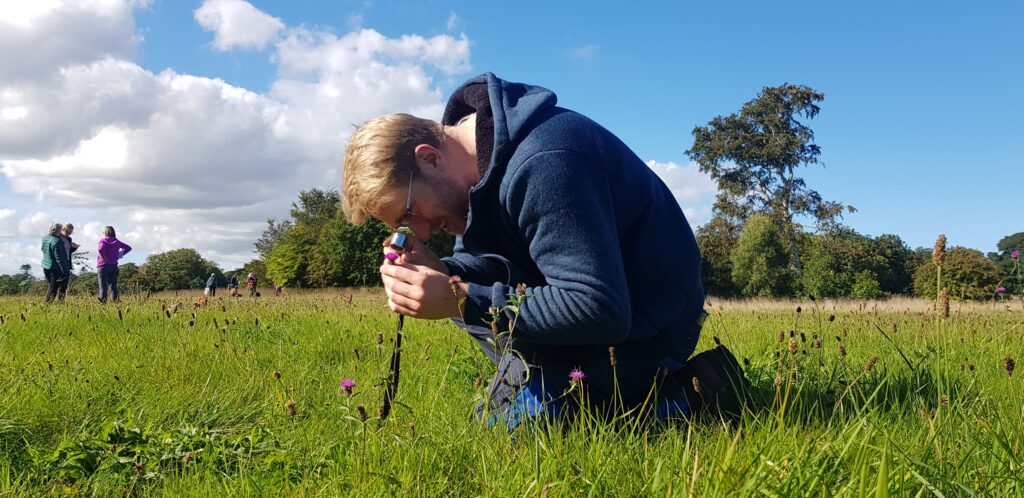
-
Burren Grasslands Walk – Aug 2022 – Slieve Carran, Clare
This was the first event organised and hosted by the Great Irish Grasslands project. On Saturday 13th August a group of almost 20 people braved the high temperatures and had a glorious walk at Slieve Carran /Keelhilla Nature Reserve in north Co. Clare. This area is also part of the Burren National Park. We saw some really lovely grassland plants and animals. Click here for more information and photos from that great day.
